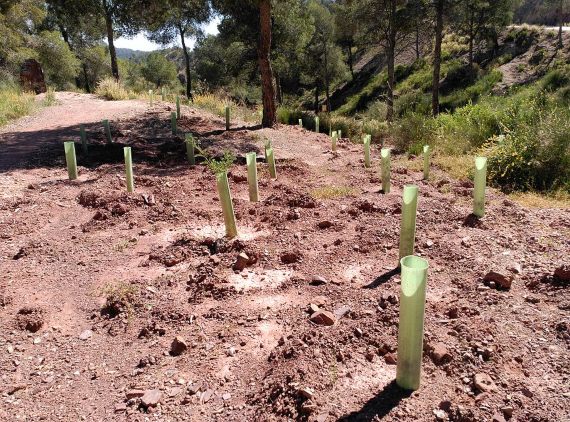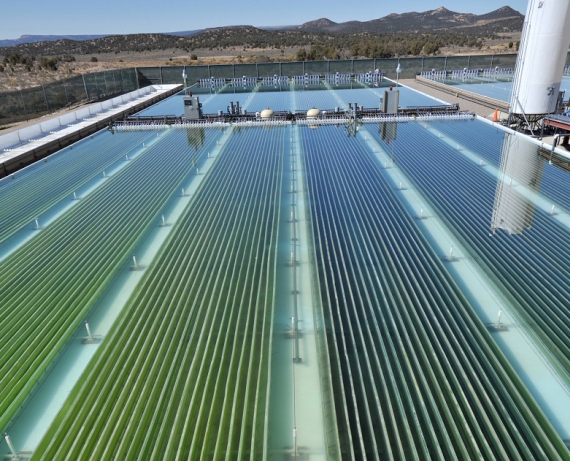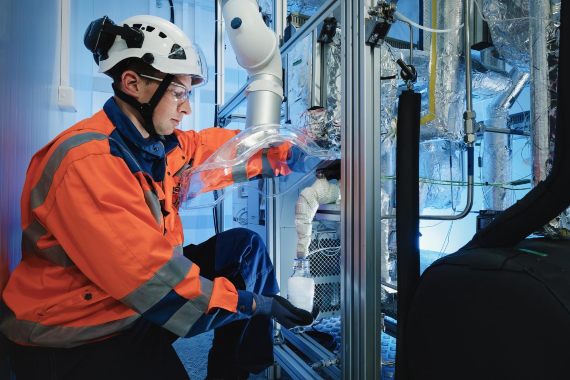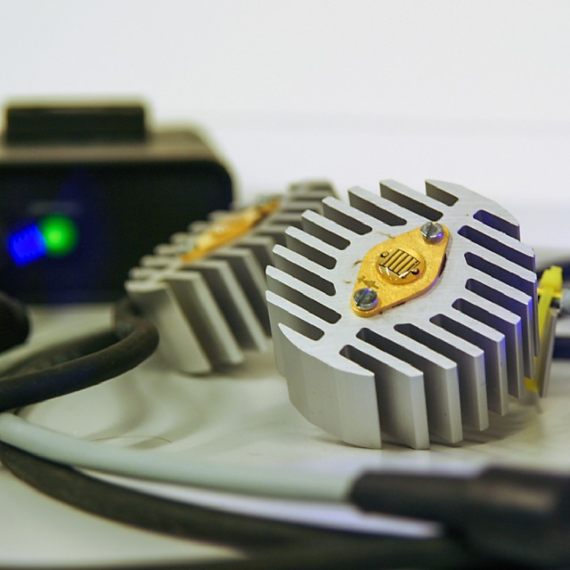The increase in CO₂ emissions seems unstoppable. Even with the global shutdowns in human activity caused by the COVID-19 pandemic, in 2020 the level of CO₂ in the atmosphere again reached a new record high not seen in the last four million years, scientists estimate. If progress on a global scale towards using alternative energy sources or slowing the pace of industrial development seem to be superhuman tasks, scientists and engineers have proposed systems to take this gas out of the atmosphere. Forever.
It is what is known as carbon capture and storage (CCUS technologies). New specially designed power plants are able to avoid the emission into the atmosphere of the CO₂ produced. The gas can then be captured and injected into geological repositories, such as exhausted oilfields, for permanent storage.
However, the idea of injecting gases into the subsurface is not without its critics. Seismic events like those that happened in September last year in the natural gas reservoir of the Castor project off the coast of Castellón have raised concerns in the neighboring towns, such as the fear that a massive leak could occur with lethal consequences. Innovative projects could solve these problems by changing the fate of the captured CO₂ from simply being stored into becoming raw material.
Reforestation
This is probably the most obvious option: perhaps 3.4 billion years ago, nature invented photosynthesis, a system that uses CO₂ as a raw material to make life. And given that deforestation and land use change are among the main contributors to greenhouse gas emissions, why not take advantage of this natural wonder to remove CO₂ from the atmosphere?

There are countless initiatives that seek to fix CO₂ in the form of plant matter, from classic reforestation to the construction of “green walls.” But caution is warranted since experts warn that not all ideas pass scientific scrutiny and may actually do more harm than good. As far as reforestation is concerned, the proposals with the most support in the scientific community involve facilitating the natural restoration of forests that have disappeared or enriching existing forest stands.
Algae cultivation
Like plants, most algae are photosynthetic organisms. Taking advantage of this property, technology is looking to use microscopic algae to convert CO₂ into hydrocarbons, which can be used as feedstock in the production of plastics or fuels. Numerous petrochemical companies have been investing in the development of this technology. A recent report from Utah State University in the USA estimates that the cultivation of microalgae can produce 50 times more fuel per acre than soybeans. These facilities can be built on land that is unfit for agriculture and thus do not compete for soil, and they use non-potable or even brackish water.

Instead of using atmospheric carbon dioxide, these algae growing facilities can be coupled to power plants with CO₂ capture. If these power plants also use the biofuel generated by the algae and other sources, the resulting cycle can cause what are known as negative emissions, removing CO₂ from the atmosphere while producing energy.
Mineralization
Another way for nature to get rid of CO₂ is to turn it into rock, although this chemical process requires enormous periods of time. Several companies, such as Calera or Skyonic, have chosen to accelerate the reactions, in some cases using waste products from other chemical industries or producing secondary compounds that are also marketable, such as sodium bicarbonate, and that help them to achieve greater profitability.

The calcium carbonate obtained can be used as raw materials in the construction industry, for example in the production of cement. Another company, CarbonCure, has also opted for cement but with another approach: injecting the CO₂ into the production of concrete blocks so that it is captured and the carbonation occurs within this confinement.
Manufacture of materials and fuels
In addition to algae, chemical processes can be used to convert CO₂ into carbon materials of various kinds. To do this, it is first necessary to capture the gas—the raw material. This can be done, as mentioned above, directly from the atmosphere or from production processes or power generation plants, from biomass for example.

The VTT Technical Research Centre of Finland is working on a project to convert this carbon dioxide into polyols, organic alcohols which in turn serve as feedstock in the manufacture of polyurethane materials, such as adhesive foams or thermal insulators for construction. The hydrogen needed to reduce the oxidised carbon will be produced by renewable energies or obtained from industrial by-products. The European Carbon4PUR project is working along similar lines, collecting CO₂from steel mills to make polyurethane plastics.
These projects are part of an active field of research which, in a more generic way, deals with the manufacture of different types of industrial materials, combustible hydrocarbons or fertilisers such as urea, but also synthetic textile fibres for the manufacture of technical sports or safety clothing, or even graphene, a high-tech material with multiple applications.
Artificial photosynthesis
Processes for converting CO₂ into various industrial materials or fuels are based on the use of chemical catalysts or the photosynthetic capacity of biological organisms such as algae or genetically modified microbes. In a separate initiative, numerous research groups are working on emulating natural photosynthesis through artificial systems that use light as an energy source.

For example, the German CarbonCat project has designed a micro-reactor equipped with LED lights that illuminate a chemically modified diamond photocatalyst. Like natural plant photosynthesis, the process uses CO₂ as a carbon source and water as a hydrogen source. The ultimate goal of the researchers is to apply the microreactor to methanol production as a demonstration of its feasibility.
Comments on this publication